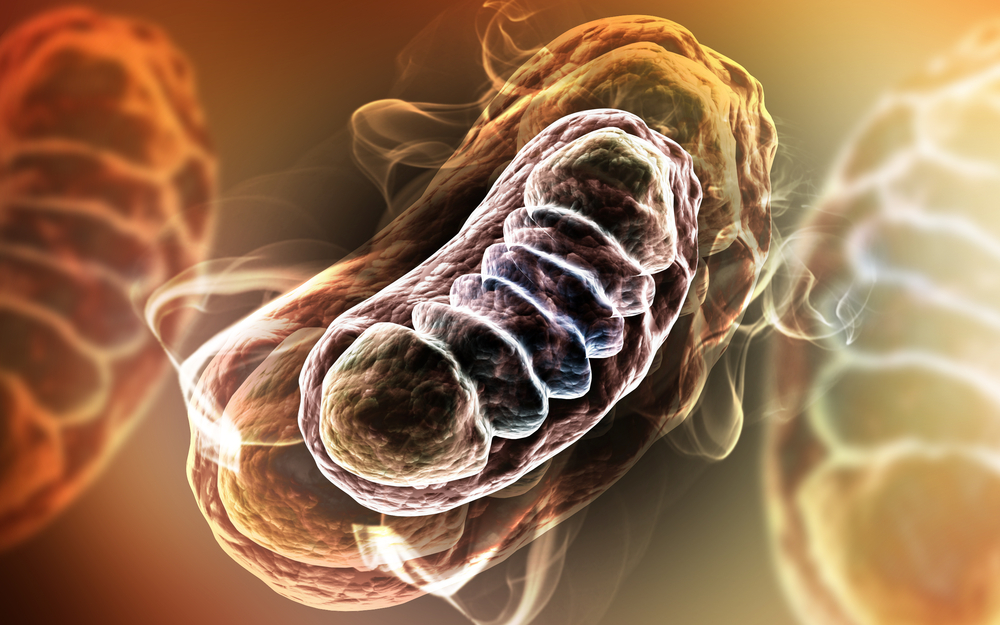Dopamine-Neurons’ High Energy Requirements Leads to Neuronal Overheating in Parkinson’s Disease

In a new study entitled “Elevated mitochondrial bioenergetics and axonal arborization size are key contributors to the vulnerability of dopamine neurons” scientists discovered why dopamine producing neurons are particularly vulnerable in Parkinson’s disease. These new findings point towards a key role for mitochondria and these neurons’ high energy requirements as the underlying disease triggering mechanisms. The study was published in the journal Current Biology.
Parkinson’s disease is a chronic progressive neurodegenerative disorder characterized by the loss of neurons in specific brain regions – the region called substantia nigra compacta, the locus ceruleus and the dorsal nucleus of the vagus nerve. Notably, however, while in Alzheimer’s disease a wide range of neurons are lost, in Parkinson’s disease only a small subset of dopaminergic-neurons (a class of neurons that produce the neurotransmitter dopamine) are affected. The mechanisms underlying this specificity are currently unknown but impaired mitochondrial function and pathological protein aggregation have been suggested to play key roles in Parkinson’s pathogenesis.
In this study, a team of researchers hypothesized that dopaminergic-neurons’ particular vulnerability could be attributed to their high-energy demands. As such, mitochondria could play an essential role as these organelles are cell’s “power-house”, which means they are responsible for generating energy and, in the case of neurons, allow the release of electrical signals and chemical messengers such as dopamine.
The authors showed that dopaminergic-neurons have a complex structure exhibiting a high number of extensions and neurotransmitter release sites, similar to a tree with multiple branches. The team discovered that it is this complex arborization of neuronal axons (axons are the long, slender projection of neurons, that typically conduct electrical impulses away from the cell body) that requires a high number of mitochondria to work very hard, leading neurons to “overheat”. This need for high-energy rates ultimately results in more susceptible neurons and may cause them to die.
These findings highlight that the bioenergetic and morphological specificities of substantia nigra dopaminergic-neurons underlies their increased vulnerability in Parkinson’s disease.
Louis-Éric Trudeau, a professor at the university’s Departments of Phamacology and Neurosciences, at Montreal University, Canada and study lead author commented, “Our work supports the theory that very complex neurons like those found in the substantia nigra force the mitochondria to constantly work at burnout rates to produce energy. This would explain the accelerated cell deterioration. To use the analogy of a motor, a car that overheats will burn significantly more fuel, and, not surprisingly, end up at the garage more often.” The study also contributed to advance the way scientists study Parkinson’s disease, as Trudeau noted, “For some unknown reason, it has been incredibly difficult to reproduce the symptoms of Parkinson’s in mice, even when introducing in the genome of these animals the same mutations found in humans afflicted by familial forms of the disease. Our discovery provides a new lead to potentially overcome such difficulties.”






